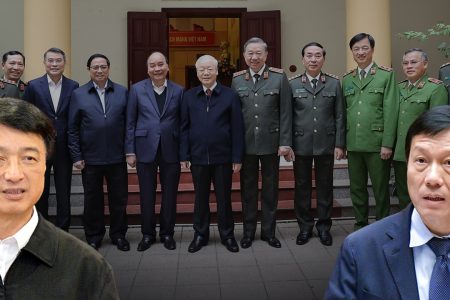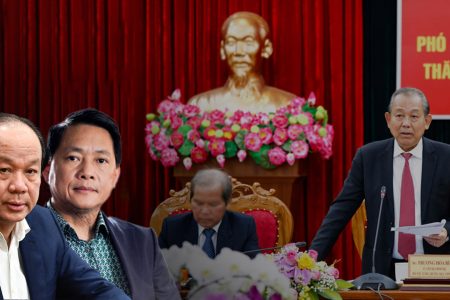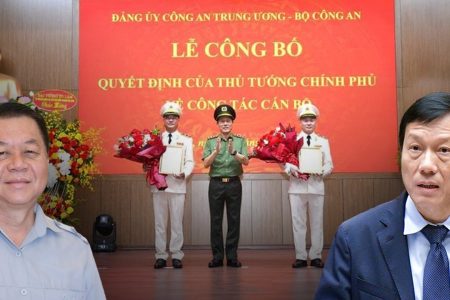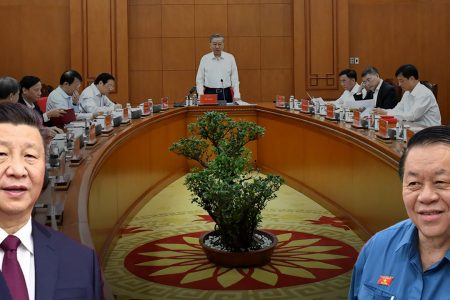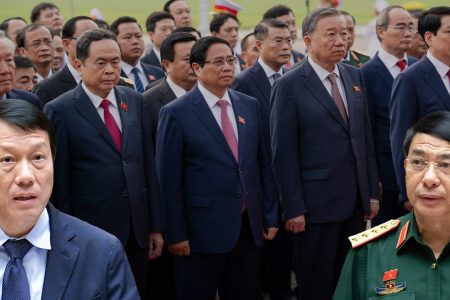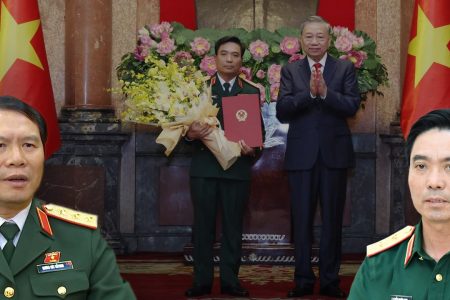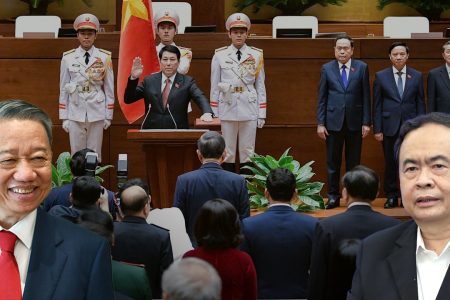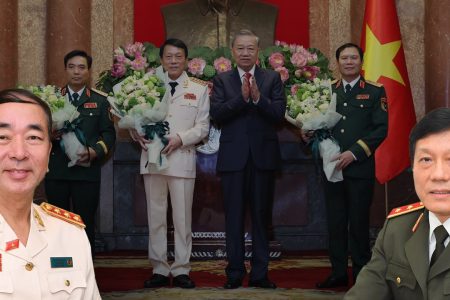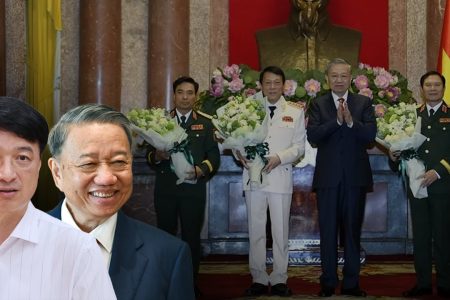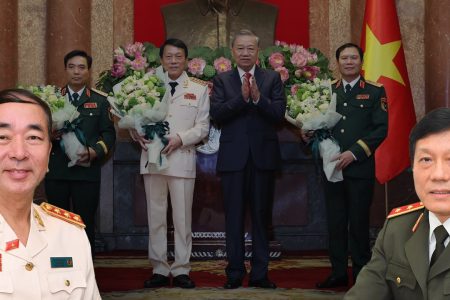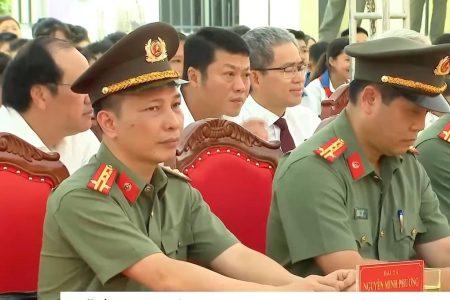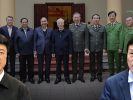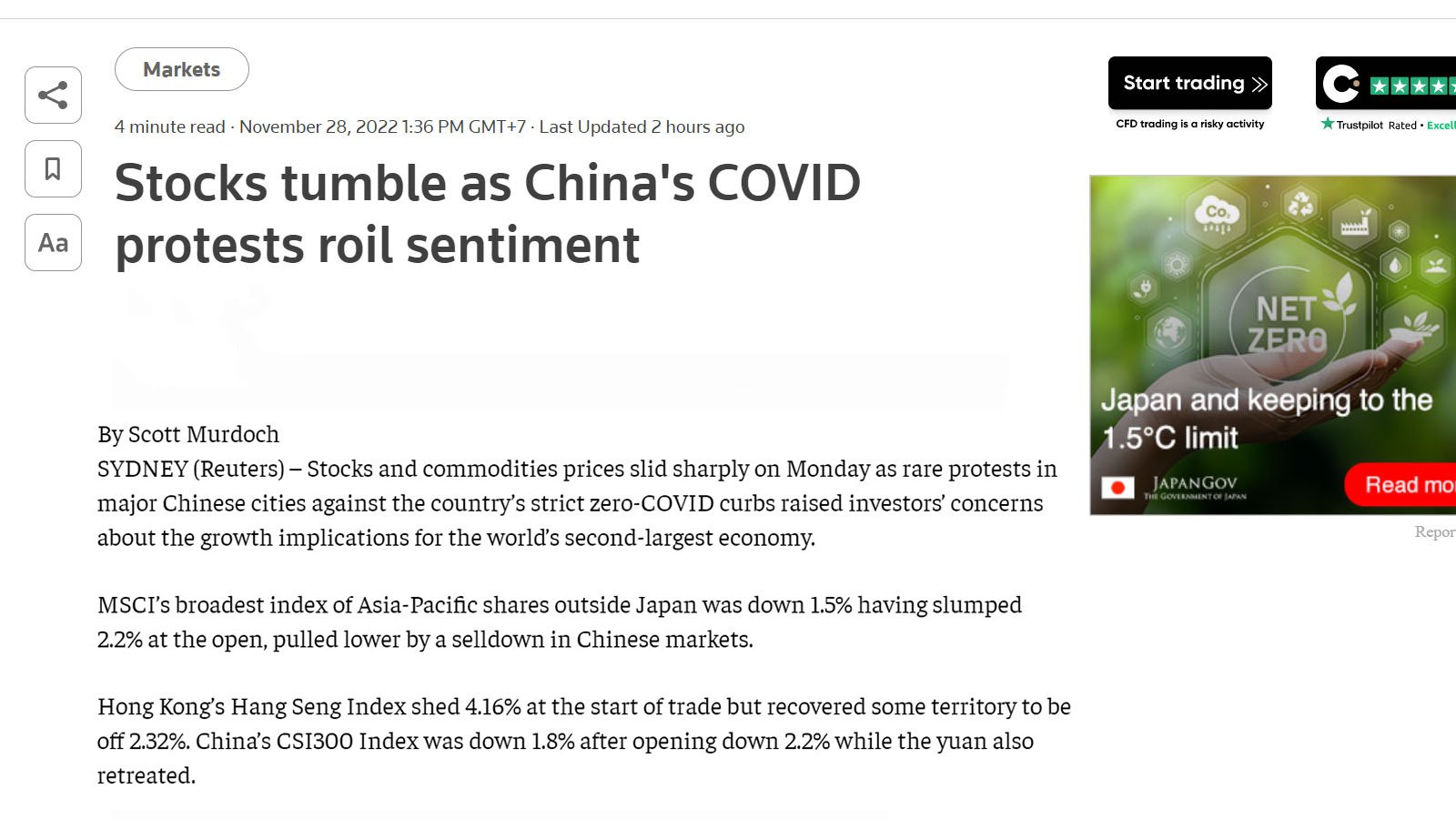
On November 27, the international press simultaneously reported on the widespread protests in China. The reason is that the Chinese people are dissatisfied with the strict measures to prevent the Covid-19 pandemic.
Many protests took place on Saturday night and Sunday morning, November 27, 2022, after a fire killed dozens of people.
The fire broke out at a building in Urumqi, Xinjiang. The fire started in an apartment on the 15th floor and spread to the 17th floor. This building is located in a low Covid risk area, which means that it is not blocked. But when the fire truck arrived, they had to wait for workers to remove the barriers surrounding the building. It took a long time to open the entrance to the scene, causing people to die unjustly. The fire burned 10 people and seriously injured 9 others.
Having been suppressed for a long time, people rose up to protest everywhere. Students at the University of Technology in the capital city of Hebei arranged candles on the ground, forming the numbers 11.24, to commemorate the tragedy that occurred on Thursday, November 24.
Participating in the widespread protest movement was composed of students, who were both knowledgeable and enthusiastic. Students from the Nanjing Institute of Information and Communications took to the streets chanting: “Long live the people, may the deceased rest in peace!” In Beijing, students wear blue masks with red ink on the stair railings of the Film Academy. At Harbin Agricultural University, messages were plastered on the window glass with red letters: “No freedom is death! Remembering the victims of Urumqi.” Protests also spread to Shanghai.
Images and cries of victims circulated on Chinese social media, waking up the young generation tired of repeated blockades. The memorials, for the most part, are silent, because of the strict censorship policy. In Nanjing, students stood motionless like statues, holding white sheets of paper like the protests in Russia after the invasion of Ukraine.
The situation in China is as tense as a string, and the international press has reported it extensively. Yet 800 Vietnamese newspapers are silent and do not have a single piece of news, even if it is very short. If it is a protest against the harsh Covid epidemic prevention policy, why can’t the state press report it? What is the Communist Party of Vietnam afraid of?

The Chinese Communist regime is a model of Communist Vietnam. The internal contradictions within Chinese society are also encountered in Vietnam. However, China is ahead and often acts more aggressively, so the crisis also occurs first and is more acute.
The frustrations in Vietnamese society are similar to those of China. With just a suitable trigger, it can flare up at any time. Therefore, the Communist Party of Vietnam has implicitly assigned the state-controlled media not to reveal about this issue. If the local press dares to talk about it, fearing that it would awaken the people’s freedom-loving spirit, and the CPV would be in danger.
The fact that Mr. Xi Jinping stayed for a third term not only caused dissatisfaction within the Communist Party of China but also caused discontent among the people. Together with the harsh prohibition policy, people were pushed to the limit of tolerance. In Vietnam, although the Covid blockade has passed, but the economic crisis is increasingly revealed, if it is not resolved, it is likely that Vietnamese people will also take to the streets to protest.
Senior officials of the Communist Party of Vietnam are worried about fighting each other very fiercely. The economy is broken and people are losing money without knowing who to turn to for help. The regime has shown its weakness. But those weaknesses are blaming the consequences on honest people. Even though Mr. Nguyen Trong Nghia strangled the press, the news still reached the people. Vietnamese newspapers that are not under the control of the Communist regime, including Thoibao.de, will do that.
Thoibao.de (Translated)




